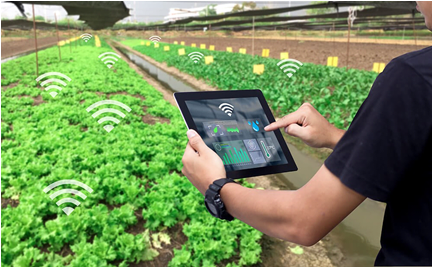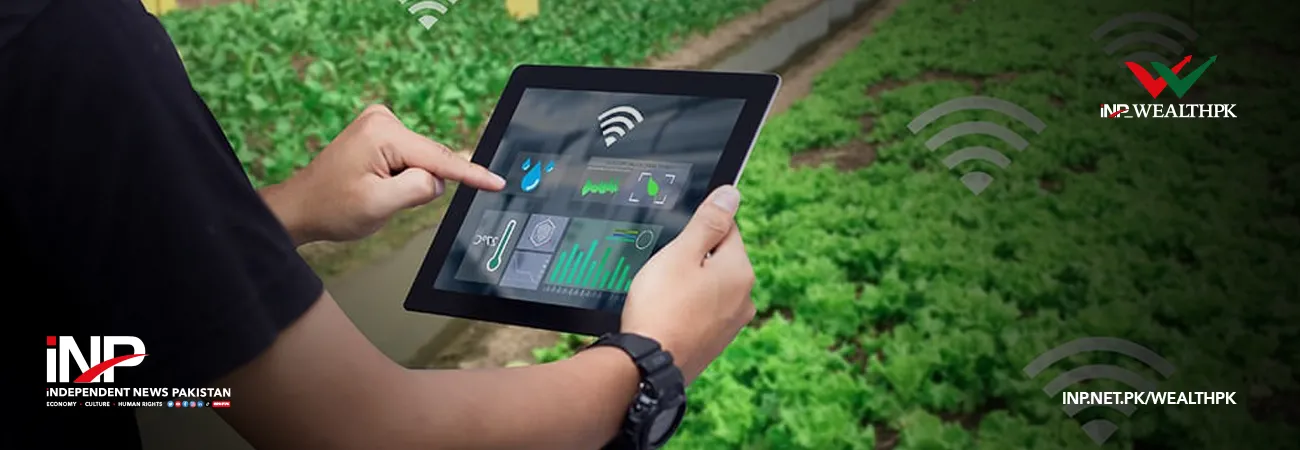INP-WealthPk
Arooj Zulfiqar
Data-driven farm management, supported by real-time monitoring systems, is essential for farmers to make strategic decisions, optimize resources, and effectively address the challenges of modern agriculture, reports WealthPK.

“The integration of data-driven technologies into agriculture is revolutionizing traditional farming practices, enabling farmers to optimize resources, enhance productivity, and mitigate risks,” said Muhammad Azeem Tariq, Senior Scientific Officer at the National Agricultural Research Centre. Real-time farm management systems incorporate technologies like remote sensors, GPS, and drones to collect and analyze data from various aspects of the farming operations. These systems provide insights into soil health, crop conditions, irrigation needs, and pest activity. According to him, such precise and timely information is critical for making informed decisions that enhance efficiency and reduce waste. He said, “By utilizing real-time data, farmers can optimize the use of critical inputs such as water, fertilizers, and pesticides.
Precision agriculture techniques, guided by these systems, ensure that resources are applied only where needed, minimizing environmental impact and reducing costs. These practices not only improve yields but also promote sustainability.” He added, “Weather changes, pest infestations, and diseases are some of the unpredictable challenges facing farmers. Real-time monitoring systems offer predictive analytics based on historical and real-time data, enabling farmers to anticipate risks and take proactive measures. This strategic foresight can significantly reduce crop losses and safeguard livelihoods.” Advanced farm management systems often integrate automation technologies such as robotic harvesters and automated irrigation systems.
These technologies not only enhance the speed and precision of operations but also free farmers from labor-intensive tasks, allowing them to focus on strategic planning. He stressed the need for broader adoption of these systems, especially in regions where farming practices were still manual or semi-automated. He said there was a need for training programs to familiarize farmers with real-time monitoring tools and their practical applications. Platforms offering online modules and expert advice can bridge the knowledge gap, enabling farmers to harness the full potential of data-driven systems. While the benefits are clear, limited access to the internet infrastructure and high costs of technology pose significant challenges. He recommended prioritizing investments in rural connectivity and subsidizing technologies to make them accessible to smallholder farmers.
Credit: INP-WealthPk













